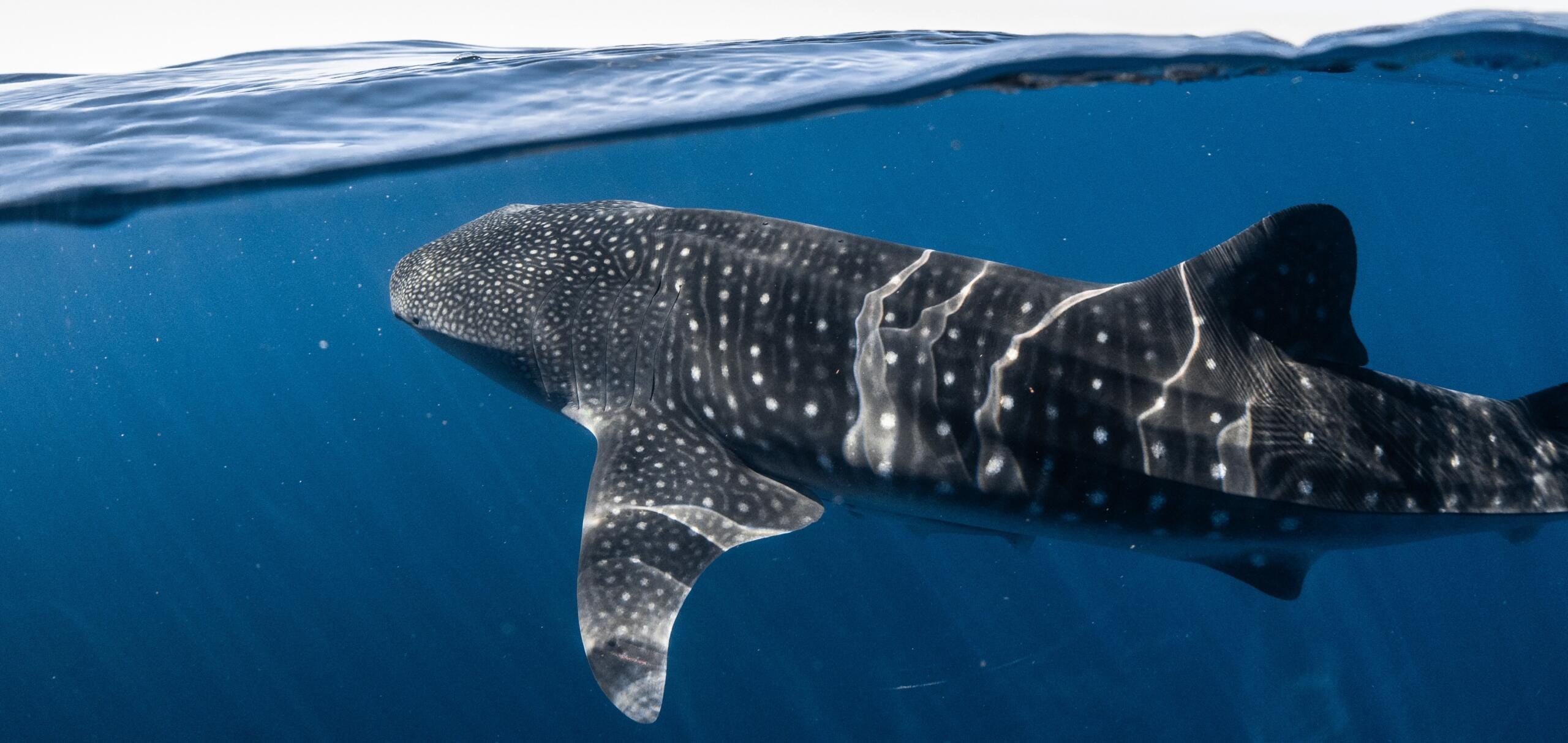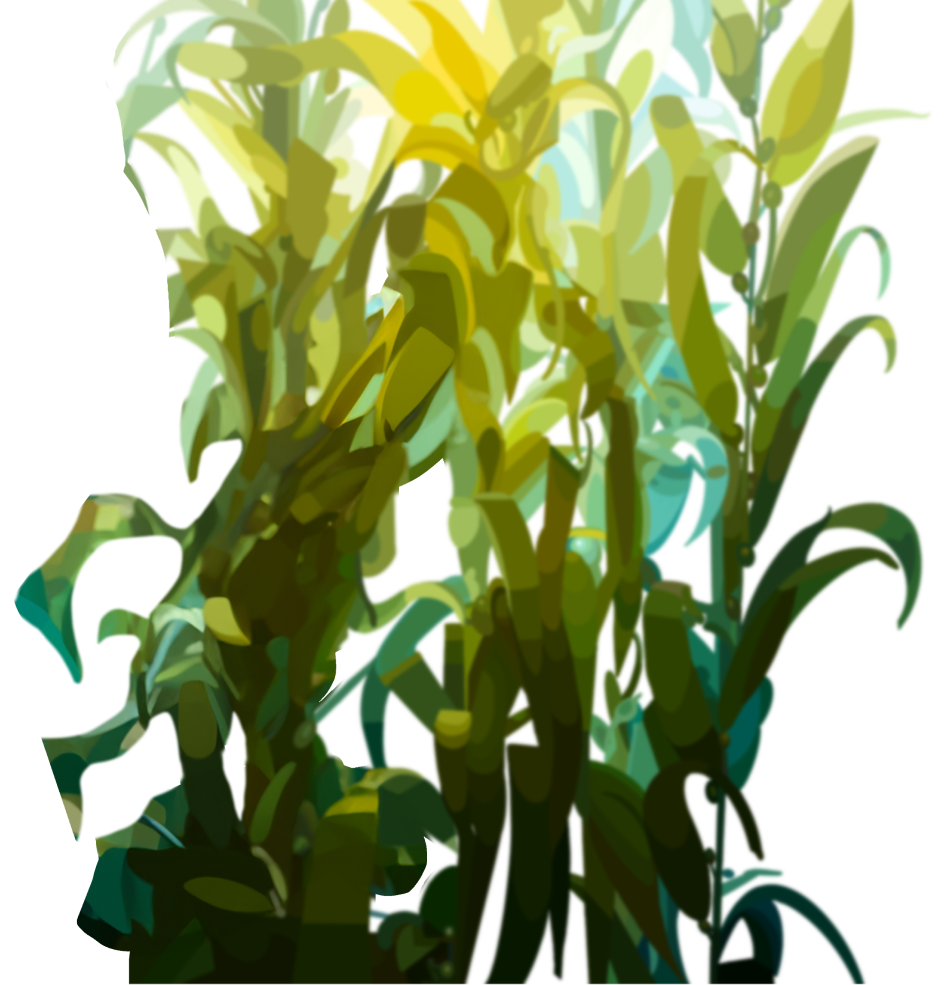

3.4.2 Characterisation of Geomorphology and Sedimentology
About the theme
This report provides an understanding of how ancestral features influence present day geomorphic structure of the reef and shelf, the influence of contemporary geomorphic features and sedimentary environments on community distribution, and the processes that have shaped these features.
This research presents an interdisciplinary study through the use of a Geographic Information System (GIS) and seabed mapping techniques, using remote-sensing technology, traditional sedimentological sampling and benthic video, and provides an important baseline for future habitat mapping, biodiversity assessments, spatial planning, and fisheries management.
The characterisation and mapping of benthic habitats based on physical parameters is central for the ongoing monitoring, management and conservation of the Ningaloo Marine Park’s (NMP) inshore and offshore resources, particularly during a time of increasing anthropogenic and environmental pressures.
Aims
- Identify evolutionary characteristics relevant to maintaining marine biodiversity of the reef and shelf;
- Characterise coastal and seabed geomorphology of the reef, including deep reserve and lagoon areas;
- Characterise the surficial sediments of the shallow lagoonal waters and shelf;
- Identify relationships between geomorphology and sediment characteristics and the distribution of benthic habitats and communities.
Methods
- Reef Coring and dating
- Remote sensing mapping techniques
- Diver Operated Benthic Video (DOV)
- GIS interpretation
- Georeferenced video/photo transects
- Sediment grabs, dredged samples and rock samples
- Double and single beam acoustic seafloor mapping
Outcomes
- Geological and sedimentological data were consolidated into a GIS to aid in the production of geomorphic, sedimentary facies and benthic habitat maps of the Ningaloo Reef and adjacent continental shelf, within the Ningaloo Marine Park.
- An understanding of habitats and the production of maps will provide stakeholders, managers, regulators and policy makers with crucial georeferenced information that will aid in the conservation, preservation and sustainable use of the NMP environment and its values.
- This research has established a baseline understanding of the geomorphology and sediment distribution in the shallow inshore and deeper offshore waters of the NMP, with an understanding of their influence on the spatial distribution of benthic habitats and communities.
- The characterisations determined at this scale will improve our understanding of benthic habitat variability across the NMP and provide a baseline for additional habitat studies.




